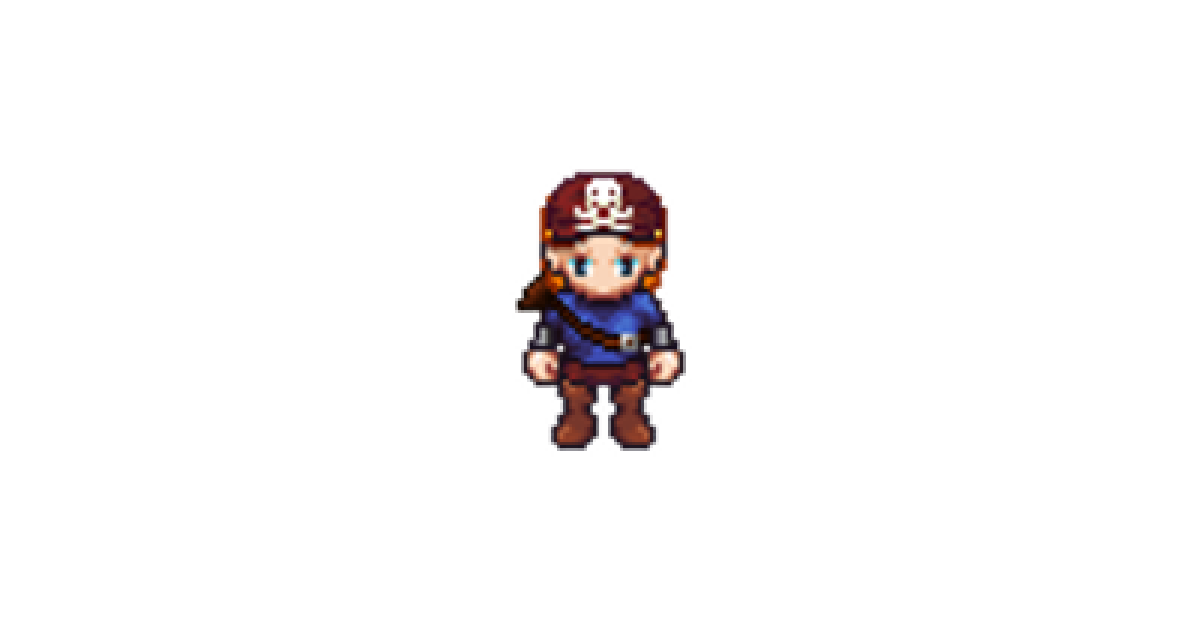The Adventure of CATE IN FOODLAND
Serious Game for Nutrition Education
During my university studies, I collaborated with my colleague Federico Vassallo on a project titled “The Adventure of Cate in FoodLand”, a serious game focused on nutrition education, created using Unity. I oversaw the planning, design, and development of the project, and conducted thorough testing to evaluate usability, user experience, and overall game quality.
Project Presentation: The Adventure of CATE IN FOODLAND
Title:: The Adventure of CATE IN FOODLAND
Target Audience: 15+
Platforms: PC and Mobile
Localization: Italian and English
Engine: Unity
Concept Explore the hidden nutritional secrets and perilous challenges of FoodLand with Cate, a spirited young pirate. In this top-down adventure, players will navigate through captivating gameplay, battling enemies, solving puzzles, and assisting island inhabitants with their nutritional needs.
Theme Cate in FoodLand serves as an educational tool on nutrition, imparting knowledge on food groups, properties, and promoting healthy eating habits among players.
Key Features
- Objectives: Collect foods to complete the “Healthy Plate,” engage in missions, and employ nutrition knowledge to overcome challenges.
- Player Skills: Master movement, interact with environments, manage inventory, and strategically use items.
- Inventory Management: Organize food collection efficiently within designated slots.
- Combat Mechanics: Utilize collected items to progress and defeat formidable enemies.
- Non-Player Characters: Engage in dialogue with characters, fulfilling their food requests to progress in the game.
- Enemy Dynamics: Encounter and strategize against dangerous creatures that sense the player’s presence, akin to gameplay in Metal Gear.
Artistic Style Inspired by the pixel art aesthetics of classic 16-bit games like Harvest Moon and Zelda, Cate in FoodLand features vibrant, contrasting colors that facilitate easy recognition of food items and environments.
Audio Design Immersive low-fi electronic music accompanies players throughout their journey, providing feedback during key actions. The dynamic main theme adapts to reflect the game’s changing contexts and challenges.
Validation
- Participants: Tested by the young members of the Franciscan Youth of Bari Santa Fara, aged 16 to 25.
- Pre-Test: Assessment of initial knowledge on the subject.
- Gameplay: Free and autonomous interaction with the game.
- Post-Test: Evaluation of learning outcomes.
- Perceptual Load Test: Measured using the NASA-TLX (Task Load Index).
- Usability Test: Assessed with the SUS (System Usability Scale).
- Game Quality Test: Evaluated with MEEGA+ (Model for the Evaluation of Educational Games).
Results and Feedback:
Learning Aspects: Pre-Test and Post-Test
- Significant increase in nutritional knowledge.
User Experience: NASA-TLX and SUS
- Described as intuitive, easy to use, and satisfying.
- High cognitive load, but not frustrating.
Game Quality: MEEGA+
- Positive feedback on challenge, satisfaction, and engagement.
